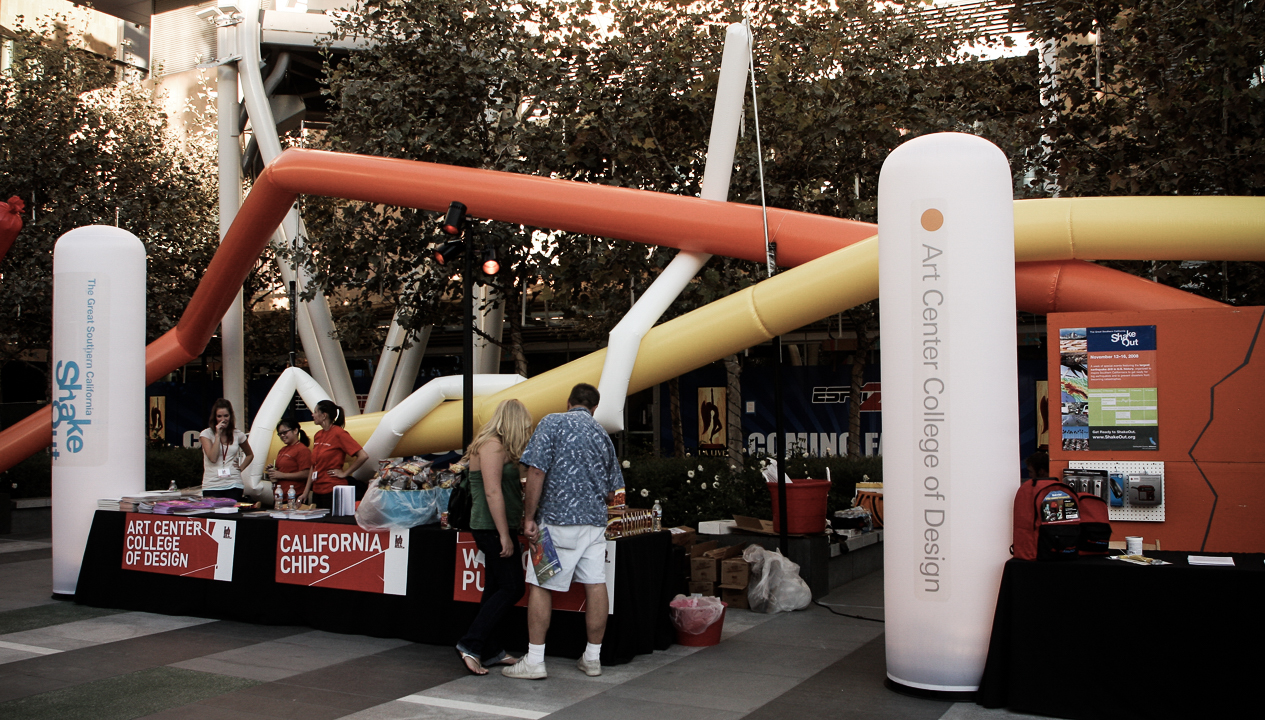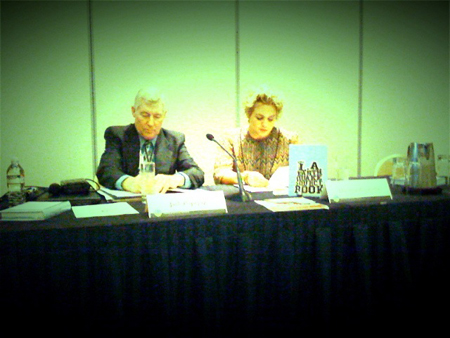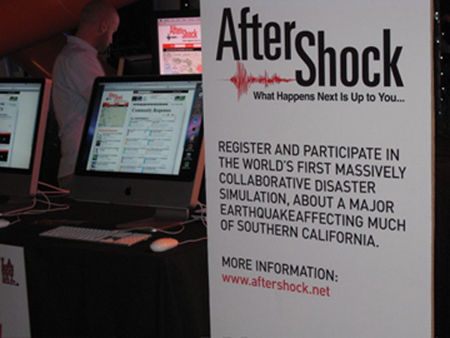You couldn’t pick a better time to host an international disaster preparedness conference. Staggering economic challenges, this historic U.S. election of Barack Obama, and fires in the L.A. hills. Change and volatility – both highs and lows – have ruled recent weeks.
Fittingly, the International Earthquake Conference drew a highly engaged group of experts from around the globe to Los Angeles last week. A highpoint of the conference was the unveiling of Designmatters’ Los Angeles Earthquake: Get Ready Project.
I spoke with scientists and emergency planners from as far away as New Zealand and Colombia and as close as San Francisco. All were eager to explore how the Project’s movie, PSAs, sourcebook, and collaborative simulation might advance their own disaster preparedness efforts. A spirit of experimentation and the excitement of new possibility were in the air.
Particularly compelling was Dennis Mileti, Ph.D’s thorough presentation on the efficacy of different disaster preparedness communication strategies. He emphasized the need to saturate every medium, particularly ones that stoke conversation, in order to activate individual behavior change. “We need to sell disaster preparedness the way we sell Coke,” he said.
This struck me as a powerful validation of the Get Ready Project’s multi-pronged approach and its bold digital experiments like After Shock, optimized to foster new and deeper kinds of conversation.
I used a rare free moment at the conference to catch up on my blog reading, and stumbled across a recent article from Umair Haque in which he argues that successful ventures of the early 21st century must become “platforms for communities to build and invest in local resources.” And suddenly I was back in the world of earthquakes and community resilience. We are in the midst of a renaissance – in which businesses, value chains, human relationships, and communication technologies are being reinvented. Designers, like the ones behind the Get Ready Project, are at the forefront of shaping this new world, grappling with its complexities, harnessing its energies.
It’s a good time to be a designer. We need them.


